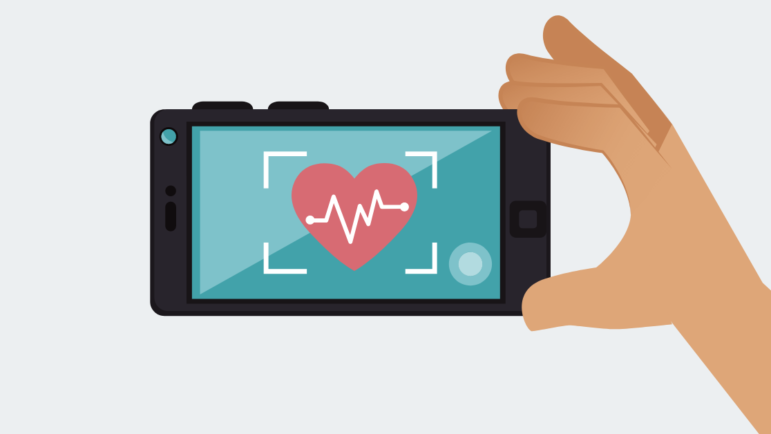The increasing popularity of social media apps like Instagram have given rise to a peculiar new career — a “social media influencer.” Instagram is a platform on which users can post photos and videos, usually including captions and hashtags. Celebrities and other Instagram users who have large numbers of followers can make a living by partnering with companies and posting pictures or videos featuring their products, for thousands of dollars per post.
As this social media sponsored content (known as “sponcon”) has become more widespread, even health care companies are using influencers to sell pharmaceuticals, tests, and devices, a practice that is highly underregulated. As Vox‘s Suzanne Zuppello explains in a recent article, sponsored content must include “#Ad” at the top of the post, but beyond that, regulations are sparse and the content can be misleading. The featured photo and front page of Instagram posts often include a positive message; viewers have to scroll through multiple photos to find information about the product’s risks and benefits.
For example, Allergan paid an actress to post about its breast implants in the same month that the company was forced to recall its textured breast implants from the European market due to concerns about the link between these implants and a rare form of cancer. Unsurprisingly, the Instagram post did not include any information about the ongoing cancer concerns. In other cases, companies have paid influencers to advertise their medical products as “clinically validated” without mentioning that the products are not approved or regulated by the Food and Drug Administration (FDA), which is an important distinction.
Social media “sponcon” not only can be misleading about a product’s effectiveness, it can often mislead viewers about prevention and overtreatment. On Twitter, health services researcher Allison Oakes wrote about her surprise when she saw a celebrity endorse annual Pap tests with HPV tests for cervical cancer screening. In contrast, the US Preventive Services Task Force guideline recommends a pap smear every three years or an HPV test every five years, for women age 21-65.
What a way to start the week! During a 15 minute instagram black hole I came across a “reality TV celeb” advocating for annual Pap+HPV tests.
THREAD 1/X — Allison Oakes (@oakes_ah) April 15, 2019
Why not screen for cervical cancer every year? Because according to the best available evidence, screening more frequently than every three years with a pap smear confers little additional benefit in terms of cancer survival, but leads to a large increase in harms, including additional procedures and overtreatment of lesions that would have resolved on their own. Screening more frequently than every five years with an HPV test “does not substantially improve benefit but significantly increases the number of screening tests and colposcopies,” according to the USPSTF.
When Oakes did some investigating, she found that the celebrity instagram post was actually a paid advertisement for a medical technology company that specializes in women’s health. These types of advertisements are especially sneaky, because influencers are giving their followers misleading information about the benefits of cancer screening under the guise of “prevention,” without mentioning the potential harms of overtreatment. Meanwhile, viewers may not know that the influencers are being paid by companies that benefit from this unnecessary testing.
This is not the first time that celebrities have knowingly or unknowingly misled the public about the benefits of preventive tests and services. Ben Stiller famously wrote about how the prostate-specific antigen test “saved his life,” and urged men over 40 to get the test. In a 2005 study, Dr. Steven Woloshin and Dr. Lisa Schwartz of the Dartmouth Institute found that more than 70% of women over 40 had seen or heard a celebrity talk about mammography.
However, as Zuppello writes, sponsored content from influencers is different in a way from television ads or other celebrity endorsements. This is because Instagram influencers are not just selling a product, they’re selling a lifestyle:
“By enlisting influencers to market their health care products amid a stream of Facetuned [edited] photos, pharmaceutical and biotechnology companies co-opt narratives that give social media users a sense of how healthy they can be, if only they had this product…In selling Celgene, [Instagram influencer Louise] Roe is also selling a life — her life — but what she does not tell you is Celgene does not work for everyone and it certainly won’t give you her life.”
As health care consumers, we should be savvy about the drugs, tests, and procedures we see advertised on social media, especially sponsored content under the guise of “prevention.” And we should push the FDA and Federal Trade Commission, the government agencies who have the authority to regulate sponsored content, to more clearly dictate how the risks and benefits of health care services and products must be portrayed on social media.
